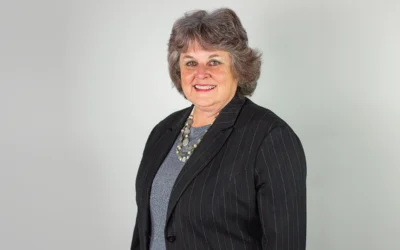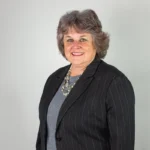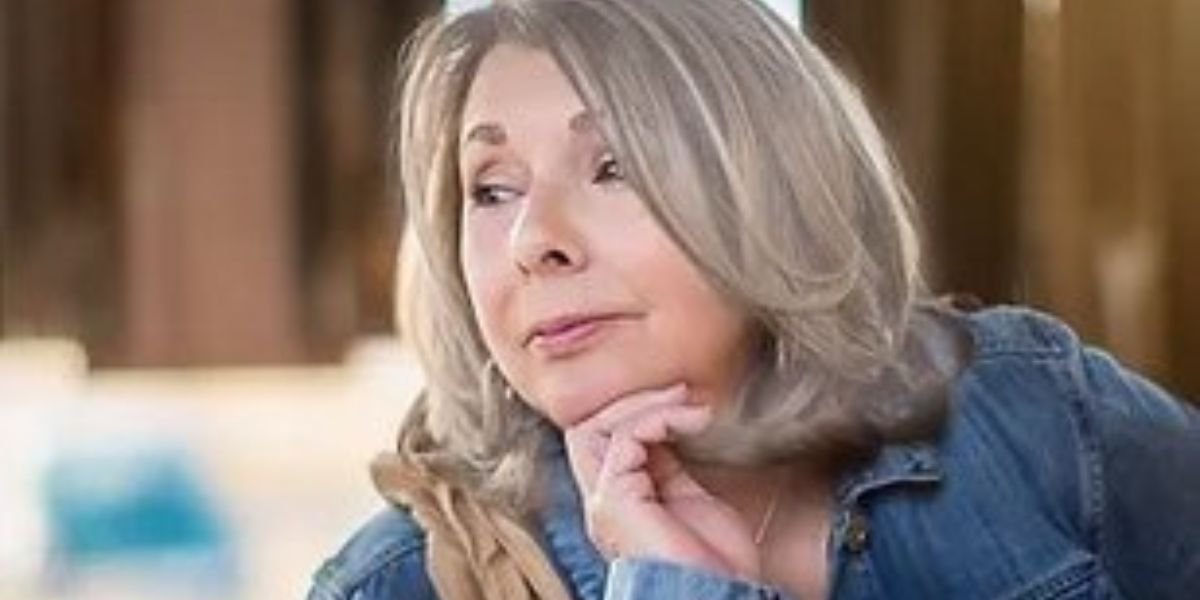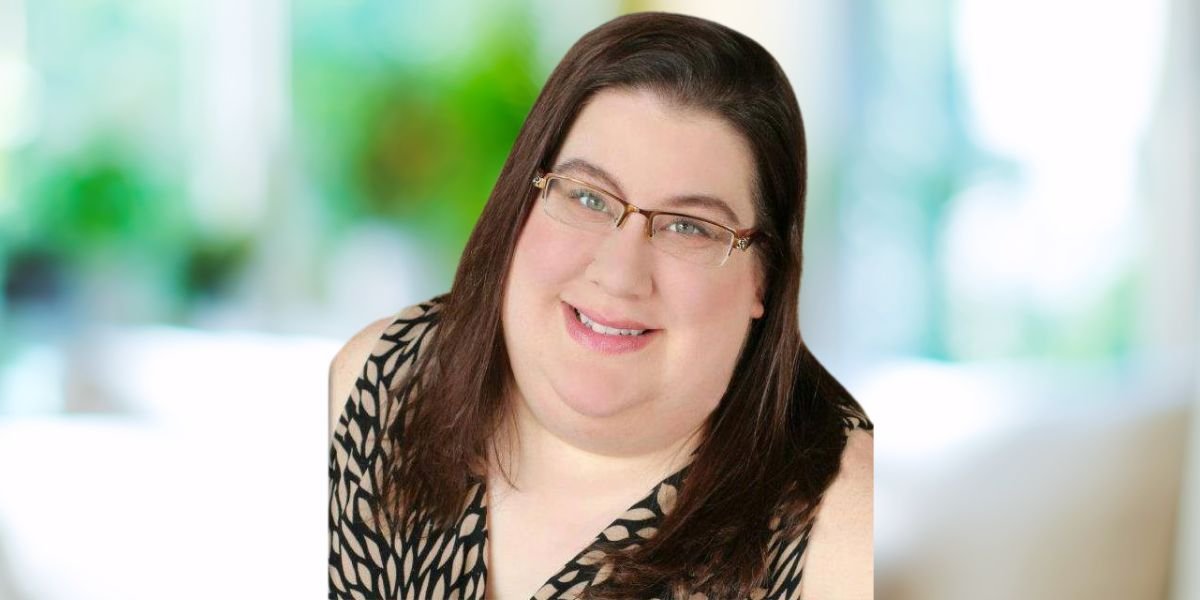Blending Humor and Heartache in Fiction with Brad Barkley

Photo: Brad Barkley, celebrated author of novels and short stories, shares his unique storytelling journey with Mosaic Digest Magazine.
Exploring The Craft Of Storytelling Across Genres
Brad Barkley discusses his approach to writing, balancing humor and serious themes, the impact of YA literature, and his upcoming novel The Reel Life of Zara Kegg, while sharing insights on collaboration and voice.
Brad Barkley’s literary oeuvre is a shining testament to his unmatched talent for storytelling and his deep understanding of the human experience. From his critically acclaimed novels like Money, Love and Alison’s Automotive Repair Manual, which were recognized as some of the best books of the year, to his widely lauded short story collections, Brad’s works have left an indelible mark on readers and critics alike. His ability to weave humor with profound emotional truths, as seen in his YA novels Scrambled Eggs at Midnight, Dream Factory, and Jars of Glass, speaks to his rare gift for creating narratives that resonate deeply across generations.
At Mosaic Digest Magazine, we celebrate authors who push the boundaries of their craft, and Brad Barkley embodies that spirit with every project he undertakes. His poignant exploration of complex emotions, whether through Southern Americana, family dynamics, or the trials of adolescence, paired with a dash of humor, is nothing short of remarkable. Brad’s upcoming novel, The Reel Life of Zara Kegg, promises to be another captivating blend of heart, wit, and vivid storytelling, making it one of the most anticipated books of the coming year.
In this special feature, Mosaic Digest Magazine is proud to present an insightful interview with Brad Barkley, offering readers a closer look at the mind and creative processes of this extraordinary writer. From his journey as a co-author to his reflections on crafting emotionally grounded characters and balancing humor with gravity, Brad shares wisdom and anecdotes that will inspire aspiring writers and avid readers alike. We are thrilled to bring you this conversation with an author whose work continues to inspire, uplift, and challenge the expectations of modern literature.
Brad Barkley’s works blend humor and poignancy, creating unforgettable stories that capture the essence of human connection and resilience.
What inspired the unique premise behind Dream Factory, particularly the idea of teens replacing Disney characters during a strike?
This was my second book with my co-author, so by then we were pretty good at brainstorming ideas. It came up during one of our conversations, and we just thought it would immediately be funny and introduce conflict. It also let us play off the squeaky-clean, mega-corporation feel we associate with Disney by dropping in a group of characters who have no idea what they’re doing.
“Life is almost always tragic and ridiculous at the same time.” – Brad Barkley
How did your collaboration with Heather Hepler come about, and how do you approach co-writing compared to solo work?
I had mentored Heather a year or two before, and we’d stayed in touch. Poets play a game called “Exquisite Corpse,” where the first poet writes two lines of a poem and folds the paper to hide the first line. The second poet then adds two more lines, seeing only the second line of the first poet’s work. It continues like that—each person writing with limited knowledge of what came before. We played a fiction version of that after Heather said she wasn’t totally comfortable writing a first novel. A few chapters in, we realised what we were writing was really good and funny—the book that became Scrambled Eggs at Midnight.
“Humor and seriousness don’t cancel each other out, because life works that way.” – Brad Barkley
As for approach, we ping-ponged chapters back and forth, used no outline, and talked on the phone if we got stuck. Co-authoring was a fun detour, but I didn’t want to keep doing it forever. Writing is a solo endeavor. It’s meant to be.
In Scrambled Eggs at Midnight, the protagonists deal with family instability—how do you draw on personal experience or observation to write such emotionally grounded characters?
Nearly every writer has some background of family instability or trauma, which is what turns writers inward and makes us introspective. Whatever amount of that I possess lets me start from a place of empathy for my characters.
Jars of Glass explores mental illness and family trauma—what challenges did you face in writing such heavy subject matter for a YA audience?
I don’t think the challenge was harder or easier than writing for any other audience. Early YA books in the ‘50s had titles like Johnny Townsend, Football Ace or Who Will I Take to the Prom? and treated teens like smiling, shallow characters with small problems. We know now that teen emotions run deep. Salinger wrote the first “real” literary YA novel with The Catcher in the Rye, but gatekeepers (teachers, parents) didn’t allow teens to read it for decades.
Your work often blends humor with serious themes. How do you strike that balance without diminishing either element?
My work almost always strikes that balance, and that’s true of my upcoming book, The Reel Life of Zara Kegg. It’s another YA novel—solo this time—with the same mix. I don’t think humor and seriousness cancel each other out, because life works that way. We experience both, often at the same time. My wife and I will watch some dystopian Netflix series and say, “There’s no humor.” Someone might argue, “It’s a dystopian hellscape, why would there be?” Well, because the characters are human, is why. We laugh hard at wakes, sharing stories. We always make jokes under duress. Life is almost always tragic and ridiculous at the same time.
What was your writing process like for Money, Love, and how did you capture the spirit of 1970s Southern Americana?
Money, Love was my first novel. Until then, I thought of myself as a short-story writer. But I won an NEA Fellowship and used the money to buy time to write a novel. I was nervous, moving by feel, like trying to find a light switch in the dark. My main idea was that Roman is in a tug-of-war with everyone, and his son Gabe is the rope.
As for the ‘70s Southern Americana—two things. First, I grew up in it, so I just wrote the world I knew. But most “Southern Lit” then was all trucks, shotguns, and rednecks. I wanted to write the South I knew—suburbs, shopping malls, and county fairs.
With short stories and novels across adult and young adult genres, how do you shift your voice and tone depending on the audience?
I love writing for adults and YA. Adult readers often say, “This book changed my life,” but usually just mean it had some emotional impact. YA readers? A book might literally change their lives. That happened to me around age 14. We need YA books about real things, beyond vampires and dystopias. To answer your question, I don’t shift voice or tone based on audience. I shift them based on character. Voice and tone must fit the person at the heart of the story. YA readers understand complex emotions, and the kids who read novels are smart to begin with. Never dumb down your writing. Teens can smell condescension a mile away.
What has been the most surprising response you’ve received from a reader about one of your books?
Two come to mind. After Alison’s Automotive Repair Manual, I got a handwritten letter from a woman who said reading Alison’s story helped her leave a physically abusive marriage. Another woman emailed to say she first read Scrambled Eggs as a teen, still reads it twice a year, and it’s the only thing from home she’s taking to college. Both responses were deeply gratifying.
What are you working on now?
I have a new YA novel coming out from Regal House Publishing (June 16, 2026) titled The Reel Life of Zara Kegg. It’s a seriocomic love story about sixteen-year-old Zara, grieving her mom while working as a projectionist at a fading beach-town theater that only shows old sci-fi B movies. She’s trying to help her famous sportswriter dad keep his career (and himself) from unraveling. With help from Zachary—a smart, strange boy with a past of his own—she’s planning a Godzilla-themed Valentine’s Day party. It’s a funny novel about grief, love, B movies, and the weird, small moments that help us move forward.
What advice would you give to emerging authors who are trying to find their voice across different genres and formats?
Read widely in the genres you want to write. Be consistent. It’s better to write 10 minutes a day than wait for a three-hour Saturday session. Make it a habit.
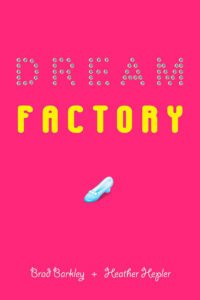
EDITOR’S NOTE
Brad Barkley and Heather Hepler’s Dream Factory is a heartwarming and imaginative tale that redefines the magic of dreams and self-discovery. Set against the whimsical backdrop of Disney World, where teens step into iconic roles, the novel cleverly balances humor, romance, and emotional depth. Ella and Luke’s journey from skepticism to uncovering their own sense of magic is beautifully crafted, resonating with readers of all ages. With witty dialogue, endearing characters, and a refreshing premise, Dream Factory enchants readers with its reminder that sometimes, dreams really do come true. A truly delightful read!

